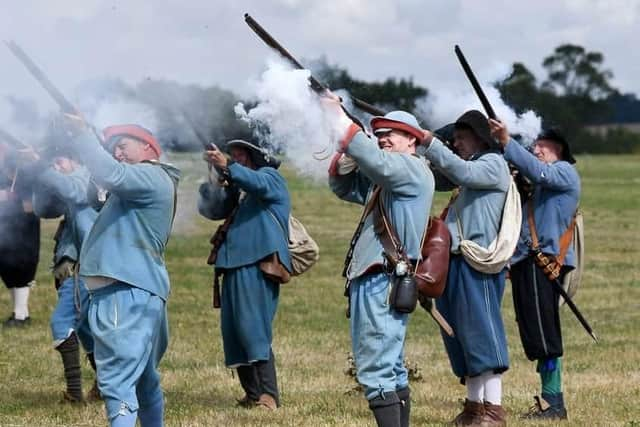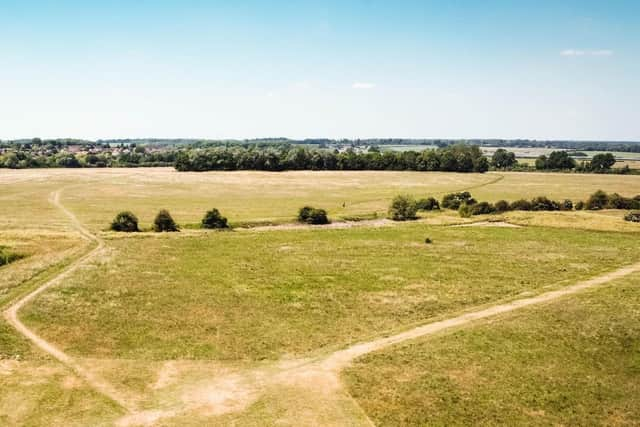Volunteers needed for archaeological dig to discover fascinating history of town in Milton Keynes
and live on Freeview channel 276
A town has won permission to carry out a community archaeological dig on land that once defended residents during the Civil War.
And dozens of volunteers are needed to work alongside three archaeologists who will supervise the week-long dig in Newport Pagnell’s Bury Common in June.
Advertisement
Advertisement
The field is common land, owned by Newport Pagnell Town Council and ‘commoners’ whose whose rights are based upon the ownership of certain properties in Newport Pagnell.


It is steeped in history and already designated as a Scheduled Monument due to the role it played in defending the town during the Civil War in the 1600s, when Newport Pagnell was a Front Line stronghold.
A continuous line of defensive ditches and banks was built. These earthworks which were raised during military operations between 1642 and 1645 to provide temporary protection for infantry or to act as gun emplacements and the remains of them have been buried over the centuries.
According to history books, Oliver Cromwell's son died in the town while serving in the Parliamentary Army. Rumour has it that he was buried in the local churchyard, though the grave has never been found. John Bunyan, author of “Pilgrim's Progress,” also served in Newport Pagnell as a garrison solder in 1643.
Advertisement
Advertisement
More recently, historical reenactments of the Civil War have been carried out on the common to mark its history.


Then in 2018, a geophysical survey was commissioned by the Bury Field Commoners Association to check any evidence of Civil War use. This found there were indeed ancient earthworks - some of just 150 surviving examples of Civil War fieldworks recorded nationally.
The Bury Common defences originally consisted of a line of ditch and bank accompanied by eight bastions, `arrowhead' shaped projections constructed at strategic positions to increase the field of fire. Work on them is first recorded as taking place in 1643, following the success of Prince Rupert's expedition into nearby Bedfordshire when the Royalist army were quartered at Towcester, Grafton Regis and Stony Stratford.
Newport Pagnell was then a new Royalist outpost. But, due to allegedly mistaken orders, the town was later abandoned by the Royalists and The Earl of Essex dispatched a large army to seize the town on behalf of the Parliamentarians.
Advertisement
Advertisement
For the past two and a half years, the Commoners Association has been pushing for permission from the government to dig beneath the surface of the land and see if any artefacts could be found.
"It’s taken a long time but finally we have that permission,” said the association’s chair Andrew Craddock, who said the dig would be on a small section near the medical centre, behind Queen's Avenue.
"It will be a community effort and we’ll be recruiting volunteers to help with the dig...Hopefully we will find things like buttons, coins or maybe parts of clay pipes dating back to the Civil War.”
The town’s schools will be invited to view the dig and any finds will be displayed at public open days, said Andrew.
Details of how to take part will be displayed on the Newport Pagnell Town Council’s website and social media nearer the date.
.